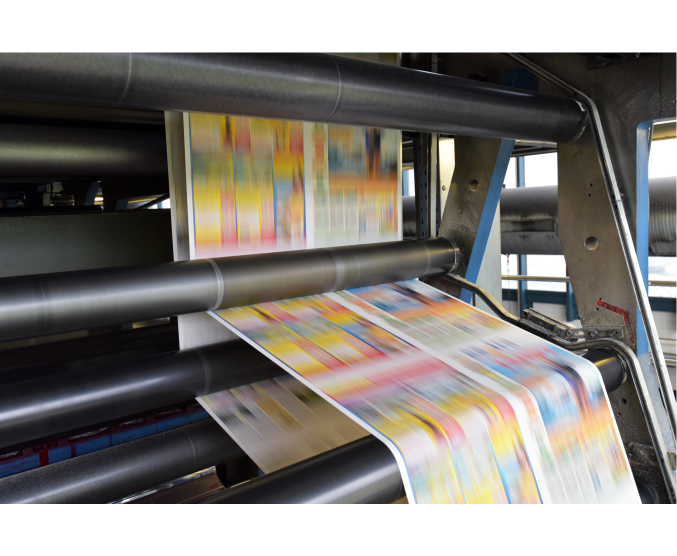
Digital printing refers to methods of printing from a digital-based image directly to a variety of media. Unlike traditional printing methods like lithography, which require a printing plate, digital printing eliminates this step. This allows for shorter runs, on-demand printing, and cost-effective customization. Think of it like your home inkjet printer, but on a larger and more sophisticated scale, capable of handling various materials from paper and fabric to promotional products.
Digital printing boasts several key benefits. Firstly, it enables short print runs to be economical, as there are no setup costs associated with creating plates. Secondly, it offers variable data printing, meaning each printed piece can be unique, ideal for personalization. The turnaround time is often much faster compared to traditional methods. Additionally, digital printing provides excellent image quality and a wide range of vibrant colors. This makes it a fantastic option for both suppliers and distributors looking for flexible and high-impact printing solutions.
The versatility of digital printing is impressive. You can find it used for a wide array of promotional products, including custom apparel, signage, banners, mugs, pens, USB drives, and so much more. Its ability to print on various substrates makes it a go-to for creating unique and personalized items that help brands stand out. If you’re a distributor new to the industry or looking to refresh your understanding of the different roles, our glossary defines what is a distributor in detail.
While both are popular methods for decorating promotional products, they differ significantly. Screen printing involves forcing ink through a stenciled mesh screen onto the material, with each color requiring a separate screen. Digital printing, as mentioned earlier, prints directly from a digital file, allowing for full-color prints and intricate designs without the setup costs associated with screens. For suppliers aiming to expand their market reach and connect with potential partners, understanding what is a supplier within the promotional product ecosystem is crucial.
The cost-effectiveness of digital printing largely depends on the quantity. For small to medium runs, it is often more economical than traditional methods due to the absence of plate costs. However, for very large volume orders, traditional offset printing might become more cost-efficient. It’s important to consider the specific project requirements and compare quotes.
To ensure the best print quality, it’s generally recommended to provide artwork in vector formats such as AI (Adobe Illustrator) or EPS (Encapsulated PostScript). These formats are scalable without losing resolution. High-resolution raster files like PSD (Adobe Photoshop) or TIFF are also acceptable, provided they meet the required DPI (dots per inch) for the intended print size. Always check with your printing service for their specific file format preferences.
Turnaround times can vary depending on the complexity of the project, the quantity, and the printing service’s workload. However, digital printing generally offers faster turnaround times compared to traditional methods due to the streamlined process. This speed is a significant advantage for clients with tight deadlines.
While digital printing offers many benefits, some potential issues can arise. These may include color variations between the digital file and the final printed product, banding in solid color areas, or issues with image resolution if the artwork is not properly prepared. Choosing a reputable and experienced printing partner can help mitigate these risks.
To achieve accurate colors, it’s crucial to provide artwork in CMYK color mode (Cyan, Magenta, Yellow, Key/Black), as this is the standard for printing. Supplying Pantone (PMS) colors for specific brand requirements is also recommended. Requesting a proof from your printer before the full production run can help identify and address any color discrepancies. You can learn more about color management in printing from resources like Adobe’s Guide to Color Management.
Digital printing provides incredible flexibility and customization options for the promotional product industry. For distributors, it allows you to offer clients highly personalized and unique items with low minimum order quantities. For suppliers, it opens up opportunities to cater to diverse customer needs and offer a wider range of decoration methods. To take full advantage of these opportunities and connect with the leading professionals in the industry, consider the advantages of become a member of ASI.
At ASI, we understand the dynamic needs of both distributors and suppliers in the promotional product world. Our comprehensive platform connects you with a vast network of industry professionals, provides invaluable business tools, and keeps you informed about the latest trends, including the power and versatility of digital printing. To foster stronger collaborations, or leverage our extensive resources to grow your business, ASI is your trusted partner for success. Explore our platform today